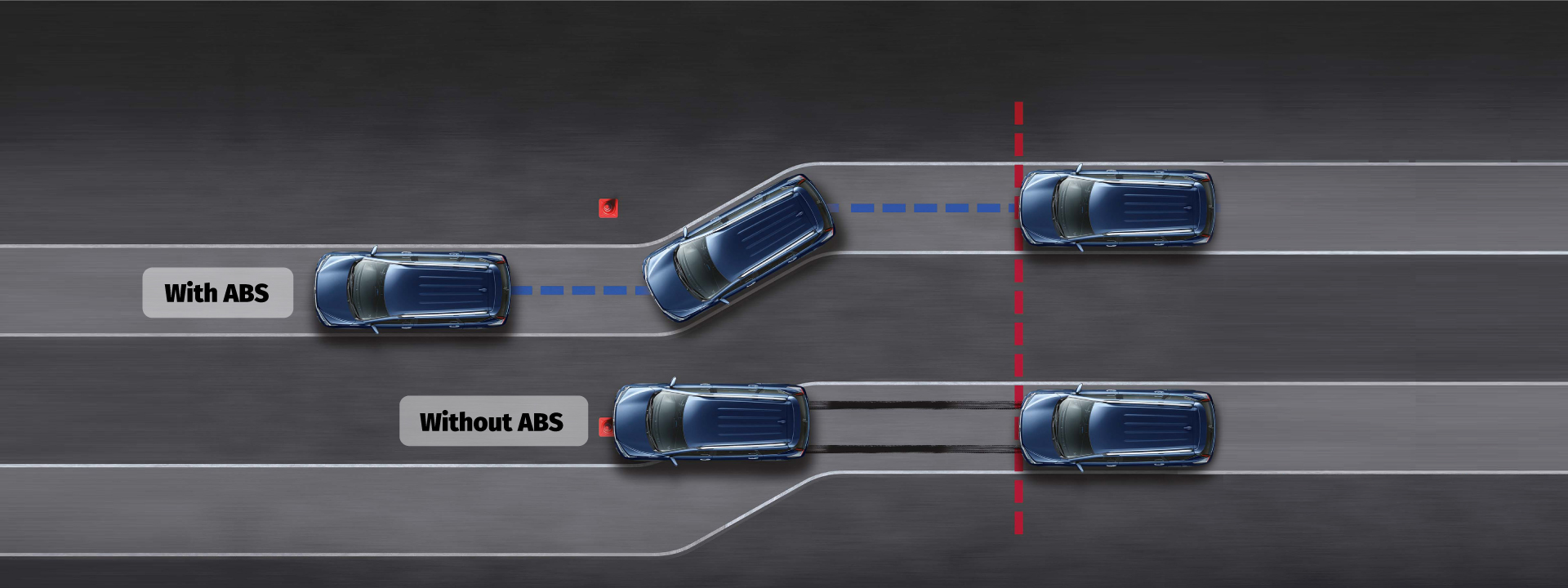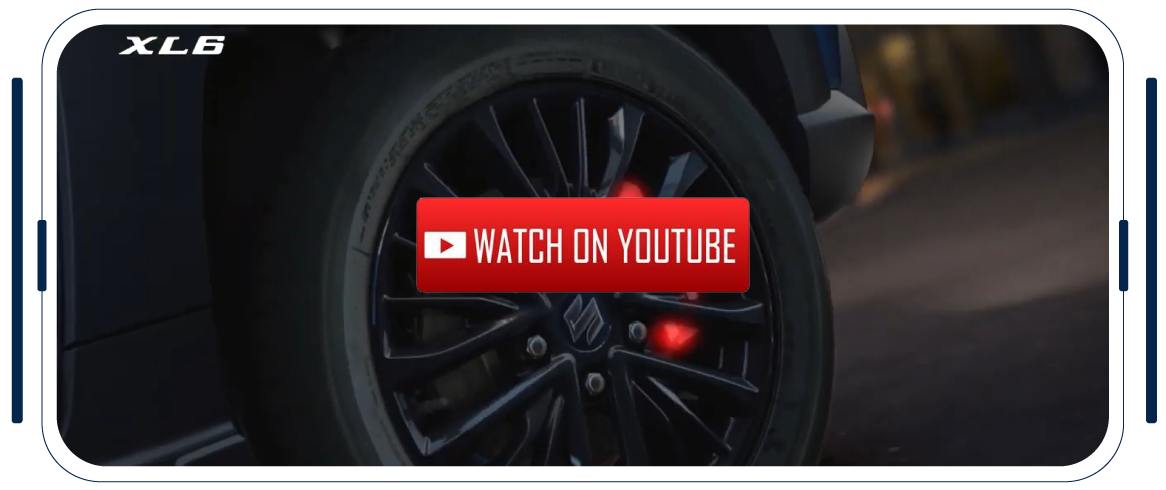Committed To Your Safety

Baleno

Grand Vitara

Fronx

Jimny

Alto K10

XL6

Ertiga

Ignis

Brezza

Ciaz

Swift

S-Presso

Celerio

WagonR

EECO

Baleno

Grand Vitara

Fronx

Jimny

Alto K10

XL6

Ertiga

Ignis

Brezza

Ciaz

Swift

S-Presso

Celerio

WagonR

EECO

Baleno

Grand Vitara

Fronx

Jimny



